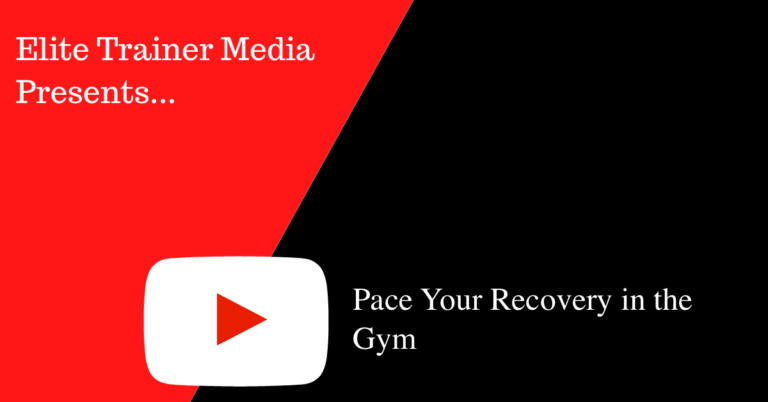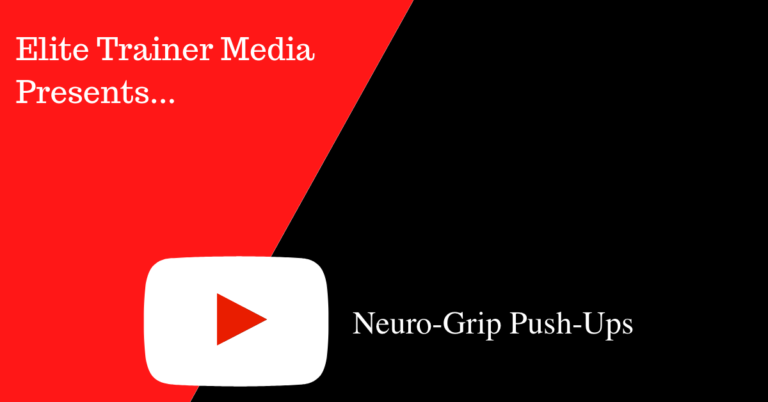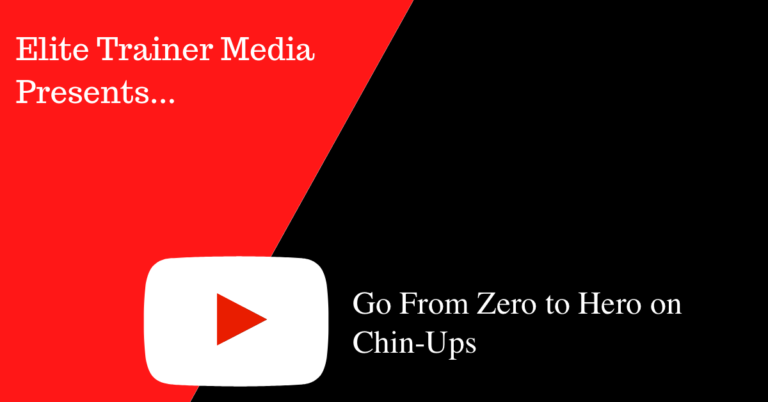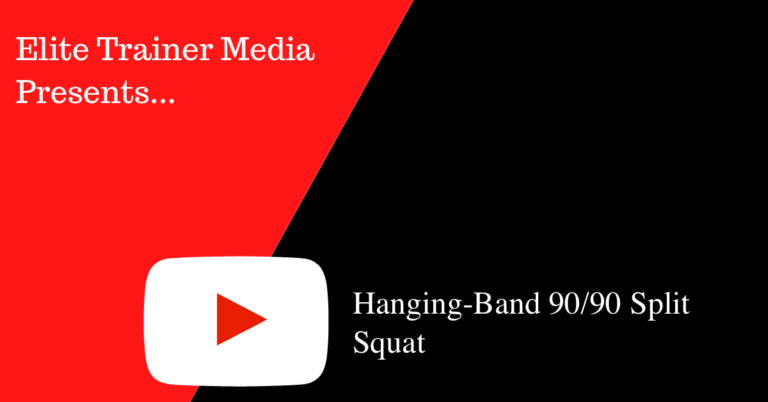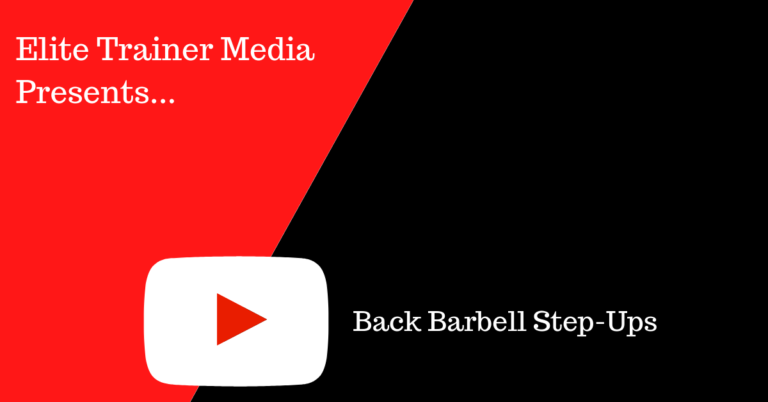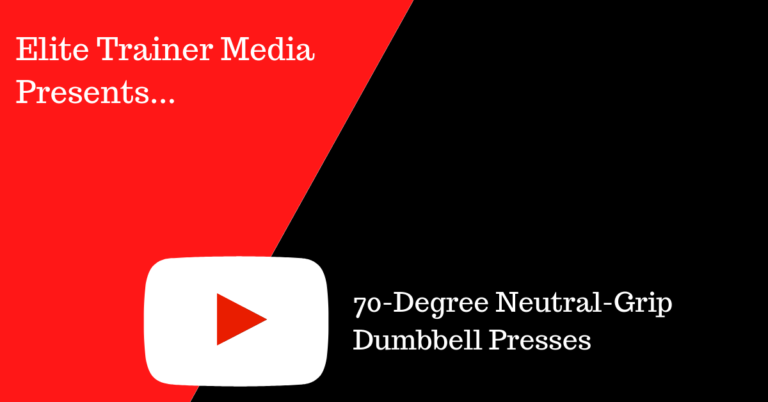Looking to spark new growth in your forearms? Try wrist curls behind your back. This variation emphasizes a strong contraction of the forearm flexors and encourages strict form by limiting momentum. Just grab a barbell behind your back and curl your wrists upward under control—simple but brutally effective. For even more forearm training variety, check…
We all know by now that active recovery is better than passive recovery. It’s better to keep moving between sets than to sit on your butt. Physically, it helps flush out waste products, prevent blood pooling and lightheadedness, and keep you warm. Mentally, it keeps you focused and motivated. Moving between sets is one aspect…
One of the most effective ways to structure a strength training session is by pairing exercises for antagonist (opposite) muscle groups or movement patterns. This method not only saves time but also enhances performance and recovery between sets. Today’s workout featured two antagonist exercise pairings: A SeriesA1. Standing Military PressA2. Semi-Pronated-Grip Pull-Up B SeriesB1. Standing…
Want to ramp up the challenge of your push-up routine? Try Neuro-Grip push-ups! This unique tool increases the instability of a standard push-up, forcing your wrists, forearms, shoulders, and core to work overtime. It’s like doing push-ups on stilts! Neuro-Grip push-ups are great for enhancing wrist stability, joint integrity, and neuromuscular coordination. They also help…
Chin-ups are one of the toughest upper-body exercises—especially for women. In fact, the average number of chin-ups a female can perform is zero. Why is that? Sure, a lack of strength and excess body fat are common culprits, but the biggest limiting factor is often perception. Many women believe they can’t do a chin-up… and…
Here’s a circuit training workout I put together with a specific purpose in mind: to target key muscle groups through precise exercise selection and execution. Each exercise in this circuit serves a distinct function: If you’re curious about the emphasis on scapular elevation—particularly through the paused chin-ups and shrugs—be sure to read My Pterodactyl Wings….
Give the hanging-band 90/90 split squat a try. This advanced variation ramps up stabilizer activity from the core down—so check your ego at the door and avoid going too heavy! The key to performing this movement correctly is to lower your back knee straight down, rather than driving the front knee forward. Descend until the…
Here’s a simple way to reduce stress on your shoulders during pressing movements. Next time you’re in the gym, take a look around. Most people perform presses with a pronated grip (palms forward) and flared elbows—an approach that can put a lot of strain on the shoulders and eventually lead to injury. A healthier alternative…
Elastic resistance is a fantastic way to overload the top range of a lateral raise, placing more emphasis on the medial deltoid—an area often neglected in conventional pressing movements. One way to increase resistance is by widening your stance on the tube. But once a single tube no longer challenges you enough, it’s time to…


